PPT-Getting a “5” in Parent Communication
Author : natalia-silvester | Published Date : 2019-12-11
Getting a 5 in Parent Communication FJC Leaders assembly march 2018 Overview Some perspective on camp communication with parentshow its being judged relative to
Presentation Embed Code
Download Presentation
Download Presentation The PPT/PDF document "Getting a “5” in Parent Communicatio..." is the property of its rightful owner. Permission is granted to download and print the materials on this website for personal, non-commercial use only, and to display it on your personal computer provided you do not modify the materials and that you retain all copyright notices contained in the materials. By downloading content from our website, you accept the terms of this agreement.
Getting a “5” in Parent Communication: Transcript
Download Rules Of Document
"Getting a “5” in Parent Communication"The content belongs to its owner. You may download and print it for personal use, without modification, and keep all copyright notices. By downloading, you agree to these terms.
Related Documents

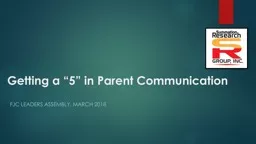
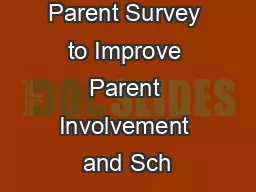
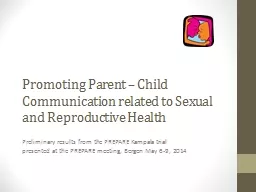
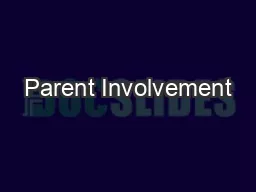

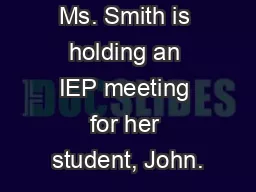

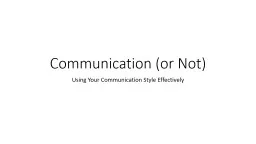
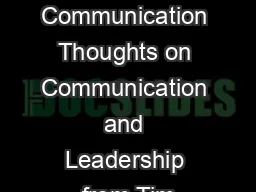
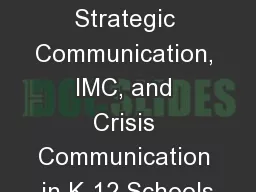
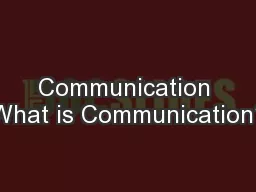
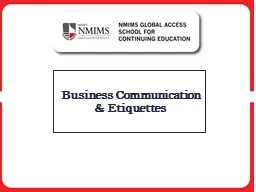
![[DOWNLOAD] - The HomeScholar Guide to College Admission and Scholarships: Homeschool](https://thumbs.docslides.com/902541/download-the-homescholar-guide-to-college-admission-and-scholarships-homeschool-secrets-to-getting-ready-getting-in-and-getting-paid.jpg)
![[DOWNLOAD] - Teacher Communication Log: Parent Contact Log Book, Communication Sheet](https://thumbs.docslides.com/905186/download-teacher-communication-log-parent-contact-log-book-communication-sheet-template-parent-teacher-communication-log-book-l.jpg)